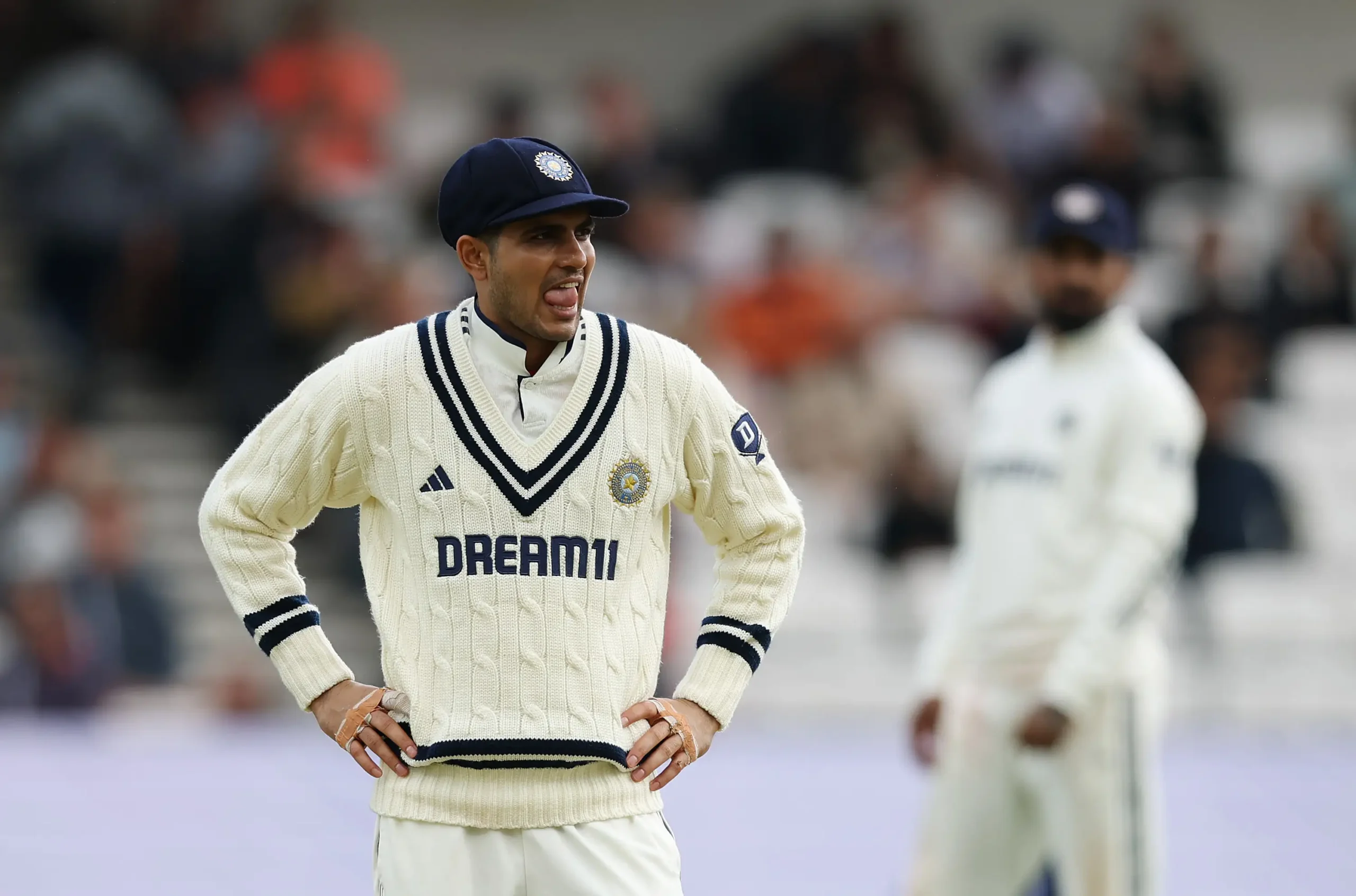In a dramatic turn of events at Headingley, India etched an unfortunate record into the cricketing history books, becoming the first team ever to lose a Test match despite five of their batters reaching triple figures.
England, led by a blistering innings from opener Ben Duckett, mounted an astonishing comeback on day five, chasing down a steep target of 371 runs with five wickets to spare. Duckett’s ton set the tone for what turned out to be the 10th highest successful chase in the history of Test cricket.
Despite India’s dominance with the bat, including centuries from Yashasvi Jaiswal, Shubman Gill, and Rishabh Pant in the first innings, and additional hundreds by KL Rahul and Pant again in the second, it wasn’t enough to prevent a defeat. Their collective batting heroics were overshadowed by England’s relentless aggression and India’s own inconsistencies in the field and lower-order performance.
Historically, the previous record for most individual centuries in a losing side belonged to Australia, who had four centurions in a Test loss to England back in 1928. India’s five centuries now stand unmatched, but not for the reasons they might have hoped.
The Headingley Test was a statistical spectacle. The match yielded 1,673 total runs, making it the highest aggregate in a Test between England and India to date. However, it also highlighted the fragility of India’s lower batting order and moments of slack in the field.
India’s stand-in captain Shubman Gill acknowledged these shortcomings during the post-match presentation, citing dropped catches and a lack of contribution from the tail as key factors in the defeat. “We had our chances,” Gill remarked. “Our young team is still learning. It’s disappointing, but there are lessons to take into the next game.”
